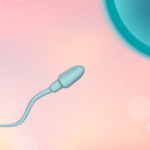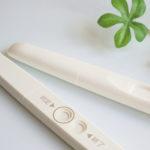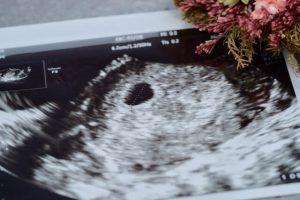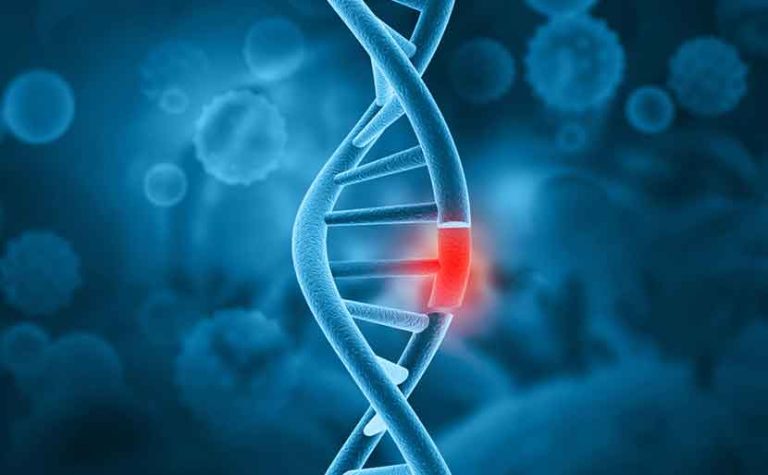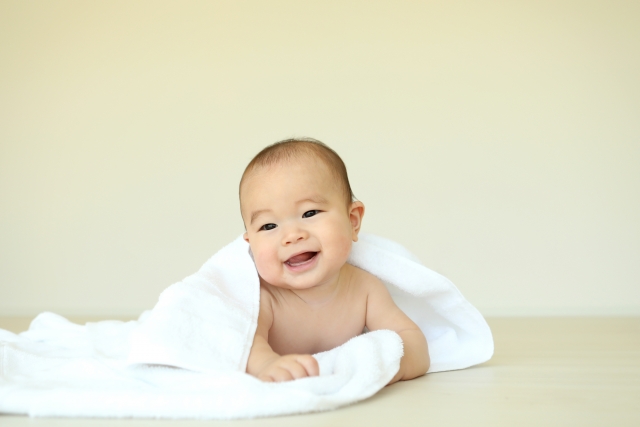Postpartum Hospitalization Period
It takes time for the mother’s body to return to its pre-pregnancy state after childbirth. It takes about two months for the uterus to shrink back to its original size and for hormone levels to stabilize.
Childbirth itself causes significant damage to the mother’s body. If the mother overexerts herself after giving birth, it may take even longer to recover. Therefore, postpartum hospitalization is essential for resting the body.
The length of the hospital stay after giving birth varies depending on whether the delivery was natural or by cesarean section, whether it was the first birth or a subsequent one, and the hospital.
Natural birth tends to allow for quicker recovery than cesarean section. If there are no complications during childbirth, the hospital stay is typically around one week. However, in the case of a cesarean section, recovery takes longer due to the abdominal incision. The hospital stay is usually about one to two weeks.
For first-time mothers, recovery after childbirth tends to take longer compared to those who have given birth before. Therefore, mothers who have previously given birth may be discharged about 3-5 days after delivery, while first-time mothers may take about 3-7 days to be discharged.
Schedule from Admission to Discharge
The schedule and routine from admission to discharge differ between natural birth and cesarean section.
Additionally, with a planned delivery, the mother is admitted and gives birth on scheduled dates, making it easier to predict the discharge date.
Conversely, if labor starts spontaneously or an emergency cesarean section is required, it becomes more difficult to predict the discharge date, and the hospital stay may be extended.
The following schedule is provided as a general guideline for reference.

In Case of Natural Birth
In the case of a natural birth, if it is a planned delivery, you will be admitted to the hospital before the expected due date. If it is not a planned delivery, you will go to the hospital when labor begins and give birth there.
After delivery, you will rest for a few hours to a day until you regain your strength. During this time, midwives will guide you on how to take care of your baby, including breastfeeding and bathing, and you will practice these activities.
After a few days, if tests show no health issues, you will be discharged from the hospital.
In Case of Cesarean Section
If you are having a planned cesarean section, you will be admitted to the hospital on the predetermined date. During your stay, necessary procedures will be performed in preparation for the delivery.
After the cesarean section, you will begin by practicing walking. Meals provided will be easy to digest, such as rice porridge or udon noodles.
Once you are able to walk, you will receive guidance on taking care of your baby, similar to the process for a natural birth. During your stay, you will also undergo tests, such as blood tests and weight measurements.
If there are no issues with your health or the healing of your incision, you can be discharged within 1 to 2 weeks.
How to Spend the Hospitalization Period
How you spend your time after childbirth will vary significantly depending on whether you and your baby are in the same room (rooming-in) or in separate rooms.
Each option has its own advantages and disadvantages, so it is important to compare them carefully and choose the one that suits you best.
If Rooming-In with the Baby
Rooming-in means that the mother and baby stay in the same room during the hospital stay.
Rooming-in is often done in private rooms. Private rooms are also suitable for those who have trouble sleeping in a shared room. Family members can accompany and visit without hesitation.
Advantages of Rooming-In
One of the advantages of rooming-in is that you can constantly monitor your baby’s condition. It is also appealing that you can hold your baby whenever you like.
Another benefit is that it helps you envision life after discharge. You can identify concerns and anxieties that may arise when living with your baby and ask the midwives about them while still in the hospital. If you want to reduce potential difficulties after discharge, choosing rooming-in is a good option.
Disadvantages of Rooming-In
With rooming-in, the mother may not get enough rest. If the baby cries or doesn’t sleep at night, it can be exhausting for the mother.
If you want to ensure you get sufficient rest before discharge, it might be better to opt for separate rooms for mother and baby.

If Separate Rooms for Mother and Baby
Mother-baby separation refers to the mother and baby staying in separate rooms during the hospital stay.
If you are in a shared room, most hospitals will likely have mother-baby separation. Financially, this option is often more affordable.
Advantages of Separate Rooms
The advantage of mother-baby separation is that it allows you to have time to yourself without constantly attending to the baby. Knowing that the baby is being cared for by skilled professionals, such as midwives, provides a sense of security.
This is especially important for mothers who have had a cesarean section and need to rest. Having time alone is crucial for their recovery. It is also easier to get adequate sleep, making this option suitable for those who want to rest and regain strength before discharge.
Disadvantages of Separate Rooms
The disadvantage of mother-baby separation is that you will have less time to spend with your baby compared to rooming-in. You might find it a bit difficult not being able to be with your baby all day.
Additionally, you may feel unsure about how to care for your baby after discharge, which could lead to difficulties once you are home.
Examinations and Checkups for the Baby
During the hospital stay, the baby can undergo various tests.
By detecting congenital diseases early, which can cause disabilities or illnesses, necessary treatments and lifestyle precautions can be advised. For early detection and prevention, it is highly recommended to actively participate in these tests.
Screening for Congenital Metabolic Disorders
Within 4 to 6 days after birth, the baby will undergo tests to check for congenital metabolic disorders and abnormalities. A total of 26 disorders are screened in a single comprehensive test.
The tests are conducted using a small blood sample. The cost of these tests is primarily covered by public funds, providing peace of mind.
Hearing Screening
Before discharge, the baby can also undergo a hearing screening test.
The hearing screening test checks if the baby can hear properly. It is conducted while the baby is sleeping and causes no discomfort or pain. The test takes about 5 minutes to complete.
NIPT (Non-Invasive Prenatal Testing) is a Pre-Birth Test
NIPT (Non-Invasive Prenatal Testing) is a test that can be done before birth. It checks for the possibility of chromosomal abnormalities in the baby, such as Down syndrome. Since it can be done as soon as pregnancy is confirmed by an ultrasound examination, it is suitable for those who want to know about the baby’s health in early pregnancy.
The testing method is very simple and only requires a small blood sample from the mother’s arm. The test is conducted using the baby’s DNA found in the mother’s blood. Unlike amniocentesis, there is no risk of miscarriage from the test, making it a convenient and safe option.
The high accuracy of NIPT (Non-Invasive Prenatal Testing) is an attractive feature, but it is a non-diagnostic test. Therefore, if the result is positive, we recommend a confirmatory test, such as amniocentesis. Additionally, it is important to note that a re-test may be required in rare cases if there is insufficient fetal DNA in the blood.
Examinations and Checkups for the Mother
After childbirth, the mother undergoes several tests, primarily blood tests, urine tests, and pelvic examinations. If a cesarean section was performed, the incision site will also be examined.
Blood and urine tests are important for assessing the mother’s condition postpartum. Since body weight can decrease by around 5 kg after delivery, these tests help check nutritional balance and protein levels.
During the pelvic examination, the size of the uterus and the presence of any bleeding are assessed. For the cesarean section incision, the examination will check for any signs of infection.
Conclusion
In this article, we have introduced how to spend the postpartum period and the tests involved.
The mother’s body is in a state of significant damage after childbirth. Therefore, it is important to rest and not to overexert yourself during the postpartum period.
During the hospital stay, you will either stay in the same room with your baby or in separate rooms. Each option has its own advantages and disadvantages, so choose the one that suits you best.
Additionally, both the baby and the mother will undergo various tests after childbirth. It is recommended to understand the purpose of each test.
We hope you find this article helpful and that it contributes to a better postpartum experience.
【References】
- Hokkaido – Child and Childcare Support Division, Child Future Promotion Bureau, Department of Health and Welfare
- NTT East Kanto Medical Center – About Hospitalization
Article Editorial Supervisor

Dr Hiroshi Oka
NIPT specialist clinic, MD
Graduated from Keio University, School of Medicine
 中文
中文


